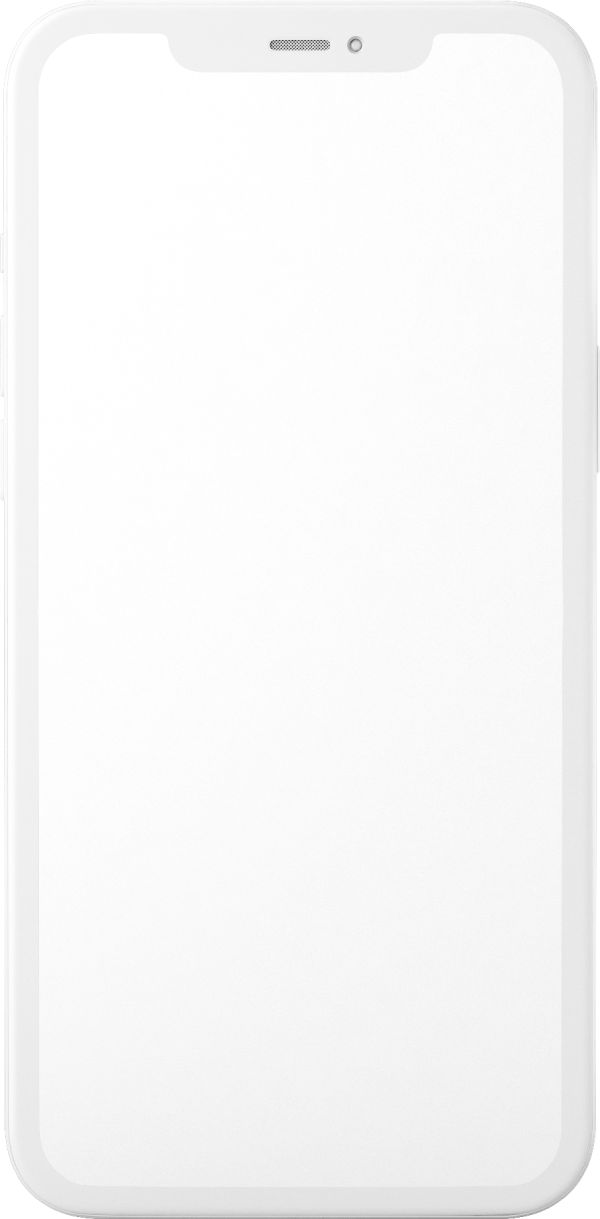How it works
-
Book an appointment
Schedule a visit with a board-certified doctor at a time that works best for you.
-
Get the answers you need
Receive quality care, from diagnosis and prescriptions to lab orders and more.
-
Enjoy 24/7 peace of mind
Rest easy knowing that LifeMD is here for all your primary, urgent, and chronic health needs.
 Save 90%
Off Labs & Prescriptions
Save 90%
Off Labs & Prescriptions


Dina Whiteaker
APRN
My approach to healthcare is grounded in listening, education, and empowering patients to take an active role in their wellness.
I believe virtual care expands access and allows me to support patients with the same compassion and clinical excellence as an in-person visit. My goal is always to meet patients where they are and guide them toward safe, personalized, sustainable health outcomes.
Frequently asked questions
Furosemide may be right for you if you have fluid retention (edema) or high blood pressure that requires a diuretic to help reduce excess fluid. A healthcare provider will determine if it’s appropriate based on your medical history, kidney function, electrolyte levels, and current medications.
If you have heart failure, kidney disease, liver disease, or severe swelling, your doctor may prescribe furosemide to help manage your symptoms. However, it may not be suitable if you have low blood pressure, dehydration, or certain electrolyte imbalances. The best way to know for sure is to discuss your symptoms and health history with a healthcare provider.
The main difference between diuretics and loop diuretics is where and how they work in the kidneys to remove excess fluid from the body.
- Diuretics are a broad class of medications that help increase urine production to reduce fluid retention and lower blood pressure. They include thiazide diuretics, potassium-sparing diuretics, and loop diuretics, each working at different parts of the kidney.
- Loop diuretics (like furosemide) work in the loop of Henle, a key part of the kidney’s filtering system. They are the most powerful diuretics because they cause significant fluid loss and are often used for severe edema or conditions like heart failure, kidney disease, or liver disease.
Loop diuretics remove more fluid and electrolytes than other diuretics, which means they require careful monitoring to prevent dehydration or imbalances in potassium and sodium levels.
Furosemide may not be safe for certain people, especially those with conditions that make fluid or electrolyte loss risky. You should not take furosemide if you have:
- Severe dehydration or an inability to produce urine (anuria)
- Severe electrolyte imbalances (such as very low potassium or sodium levels)
- Low blood pressure (hypotension) that could worsen with fluid loss
- Allergy to furosemide or similar sulfa drugs
Liver or kidney failure where further fluid loss could be dangerous It should also be used with caution in people with gout, diabetes, or hearing problems, as it may worsen these conditions.
The best time to take furosemide is usually in the morning to prevent nighttime trips to the bathroom, since it increases urination. If you take it twice a day, the second dose is often recommended in the early afternoon, at least six hours before bedtime.
If you take furosemide with food or on an empty stomach, its absorption may vary slightly, but it generally works either way. Always follow your LifeMD-affiliated healthcare provider’s instructions, as timing may depend on your specific condition and lifestyle.
When taking furosemide, it’s important to be mindful of foods that can affect electrolyte balance and hydration. Here are some foods to limit or avoid:
- High-sodium foods (processed foods, canned soups, fast food): Too much sodium can counteract furosemide’s effect and cause fluid retention.
- Excessive caffeine or alcohol: These can contribute to dehydration, making furosemide’s fluid loss effects more intense.
Since furosemide can cause potassium loss, your provider may recommend eating more potassium-rich foods like bananas, oranges, spinach, and potatoes, or taking a potassium supplement if needed.
It's best to avoid or limit alcohol while taking furosemide because both can lower blood pressure and cause dehydration. Combining them may lead to:
- Dizziness or lightheadedness (especially when standing up)
- Increased dehydration, since both alcohol and furosemide promote fluid loss
- Worsened kidney function, especially if you already have kidney issues
If you choose to drink, it’s important to stay hydrated and monitor how your body reacts.
The most common side effects of furosemide are related to its diuretic effect and fluid loss. These include:
- Increased urination (most noticeable when you first start taking it)
- Dizziness or lightheadedness (especially when standing up too quickly)
- Dehydration (dry mouth, thirst, or weakness)
- Electrolyte imbalances (low potassium, sodium, or magnesium, which can cause muscle cramps, weakness, or irregular heartbeats)
- Low blood pressure (hypotension), leading to fatigue or fainting
- Nausea or stomach discomfort
In rare cases, furosemide can cause hearing problems (especially with high doses) or severe allergic reactions. If you experience persistent dizziness, severe dehydration, or unusual symptoms, contact your LifeMD-affiliated healthcare provider.
Yes! With LifeMD, you can connect with a licensed healthcare provider from the comfort of your home within an hour. If appropriate, your provider may prescribe furosemide and send it directly to your local pharmacy.
For even more flexibility, a LifeMD+ membership gives you 24/7 access to care, same-day prescription refills, exclusive wellness perks, and easy access to lab testing — all designed to make managing your health simple and stress-free.
Skip the waiting room. Join LifeMD and take control of your health today.





